#platyhelminthes
Text
hammerhead flatworms (Bipaliinae) are in my estimation among the most beautiful terrestrial animals, often sporting bright colors and striking patterns that advertise their toxicity.
bipaliines feed on either worms or land gastropods, tracking the slime trails of prey with their highly sensitive spade- or crescent-shaped head plate.
Southeast Asia is a hotspot for bipaliine diversity, and at least six species can be found in Singapore, all of which I managed to encounter this summer!






6K notes
·
View notes
Text
Phylum Round 1

Onychophora: Velvet Worms. This is the only phylum containing exclusively terrestrial members, although their ancestors can be traced back to the Cambrian shallow oceans. Onychophorans are ambush predators, moving with slow smooth steps to creep up on their prey. They have unique mucus glands on either side of their face which can spray jets of sticky slime, which effectively immobilizes their prey. Onychophorans have relatively complex brains, and some even live in social "packs" that live and hunt together. Many species in this phylum are ecologically vulnerable, threatened, or endangered.
Platyhelminthes: Flatworms. This phylum includes both colorful free-living members and more modest parasitic members. Free-living worms can be found in marine, freshwater, and even terrestrial environments. All flatworms are, of course, dorsoventrally flattened so their whole bodies can access oxygen from the outside, as they have no specialized circulatory system. Some flatworms are of interest to research in tissue regeneration, as they have the remarkable ability to completely regenerate a new body from a cut piece. Many classes within Platyhelminthes are exclusively parasitic, including flukes, tapeworms, schistosomes, and others. Most flatworms are hermaphroditic, and some larger marine species practice a ritual known as "penis fencing" to determine which worm's eggs will be fertilized.
#worm on worm violence#the wikipedia article on onychophora is unusually detailed and thorough which is delightful#cw parasites#onychophora#platyhelminthes#animal bracket#tumblr bracket#bracket tournament#poll bracket#phylum round 1#phylum
274 notes
·
View notes
Text
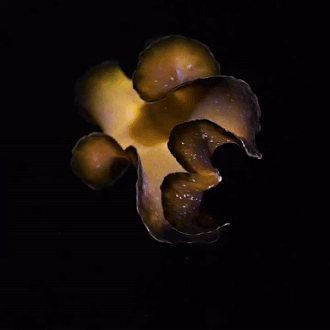

flatworm (platyhelminthes) | source
230 notes
·
View notes
Text
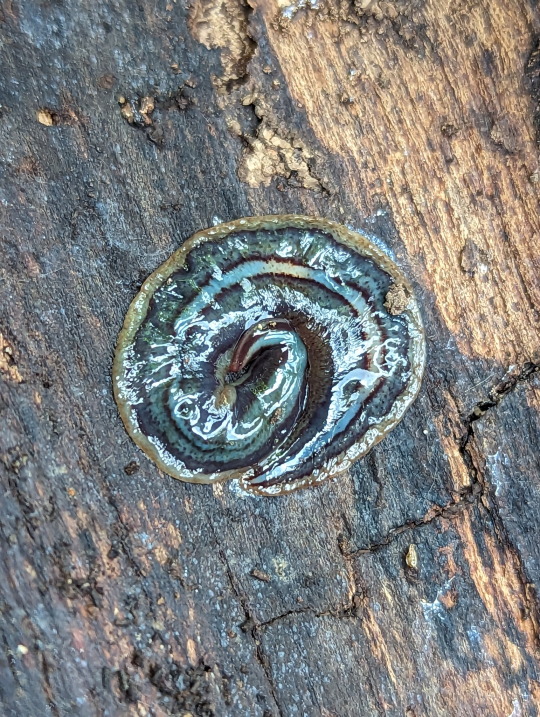

Very strange flatworm.
24/09/23 - Geoplanidae sp.
QLD:WET - El Arish farmland, remnant
#invertblr#invertebrates#Geoplanidae#Land Planarians#Platyhelminthes#Flatworms#Tricladida#Planarians#unidentified
32 notes
·
View notes
Text

Day 16: Fuchsia Flatform
81 notes
·
View notes
Text
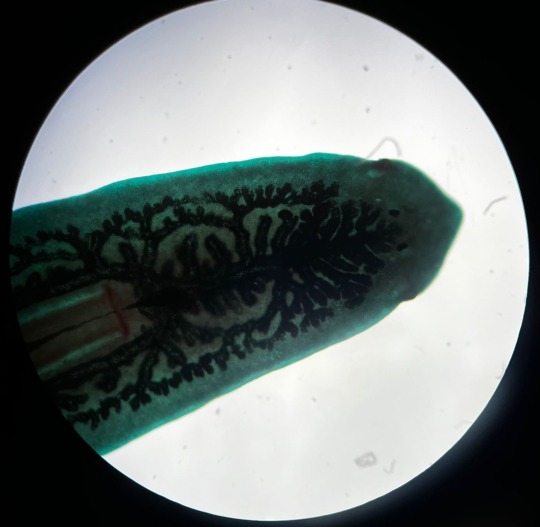
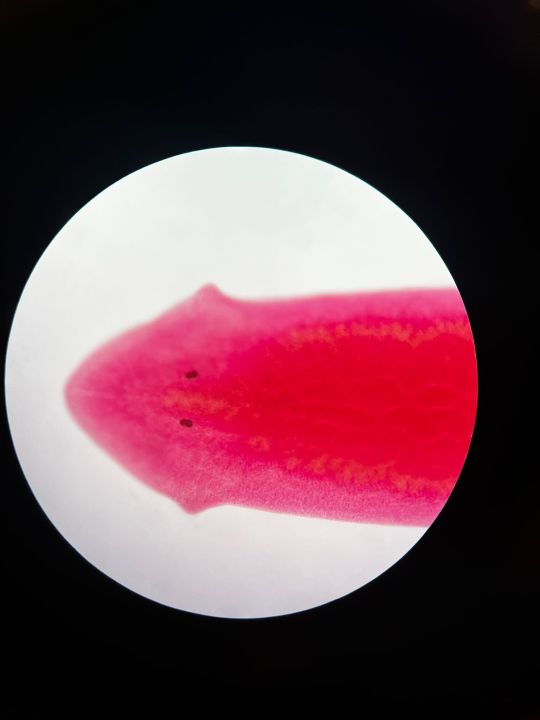

Platyhelminthes are either the cutest thing you've ever seen or the literal spawn of satan, no in-between, I love them so much.
Dugesia japonica
Schmidtea mediterranea
Clonorchis sinensis
#biology#zoology#parasitology#planarian#platyhelminthes#trematoda#Dugesia Japonica#Schmidtea mediterranea
35 notes
·
View notes
Photo
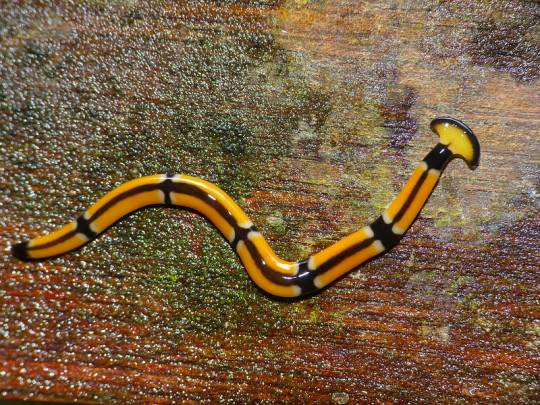
A predatory hammerhead flatworm (Diversibipalium sp.) in Sarawak, Malaysia
by Bernard Dupont
#hammerhead worm#flatworms#platyhelminths#Diversibipalium#bipaliinae#geoplanidae#tricladida#platyhelminthes#wildlife: malaysia
114 notes
·
View notes
Text
flat
worm
friday!
I saw this wiggly fellow earlier this year. I love the little eye spots they have, it makes them look really goofy.
This guy is probably in the Notocomplana genus, but I'm not terribly knowledgeable about my local flatworms and there's an unfortunate lack of information about a lot of the more "boring" species. All I can say about these dudes is that they are free living and cruise around a lot during low tide. And that they're terribly cute!
20 notes
·
View notes
Text

100 Days of Sea Creatures Day 64 - Yellow Spotted Flatworm (Thysanozoon nigropapillosum)
#artists on tumblr#artists on instagram#drawing challenge#sea creature art#drawing daily#sea creatures#deep sea creatures#flat worms#platyhelminthes#marine invertebrates
8 notes
·
View notes
Photo
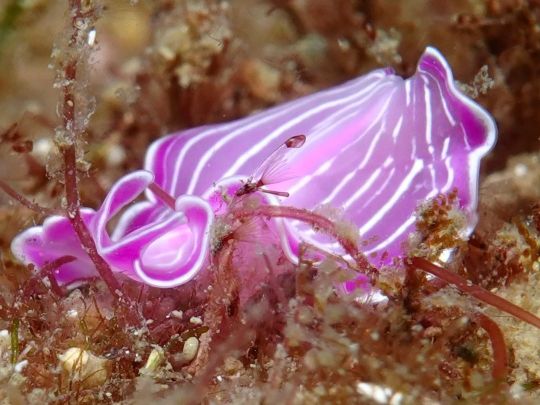
Prostheceraeus roseus
#Prostheceraeus roseus#flatworm#upl#Platyhelminthes#Rhabditophora#Polycladida#Cotylea#Euryleptidae#Prostheceraeus
149 notes
·
View notes
Text
should've probably put propaganda for these, whoops 😬🤭
#personal fav are mollusks 💜#had to fight myself not to include ctenopnora or rotifera#phylum#phyla#annelids#anthropods#chordates#cnidarians#echinoderms#molluscs#or#mollusk#if ur american ig#nematodes#platyhelminthes#porifera#sponges#animal phyla#polls#tumblr polls#reblog for a bigger sample size#please#science#animals#please forgive me any typos
2 notes
·
View notes
Text


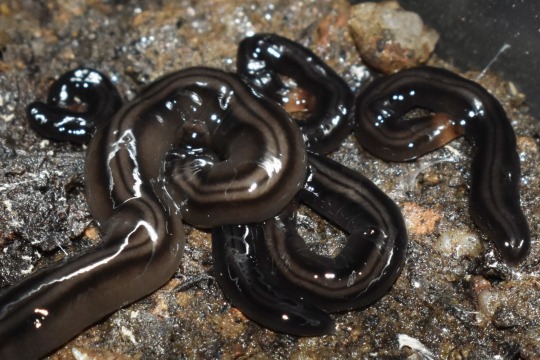

some invasive worms I found in Florida!
first is a Caenoplana sp., a flatworm now found across the tropics but which is likely native to Australia (or nearby). they feed on arthropods, including isopods.
next is Bipalium vagum, the Wandering Hammerhead Flatworm. its specific name alludes to the fact that it too has spread itself throughout the tropics. its close relatives in the US are also probably native to East Asia, but while those eat only earthworms, B. vagum feeds on only snails. Bipalium are known to produce tetrodotoxin, a nasty poison responsible for the toxicity of fugu pufferfish.
third is an Anisorhynchodemus sp., and its original distribution is also unknown. the genus it’s placed in is essentially a wastebasket—all the rhynchodemine flatworms that can’t be connected with an older, outdated classification method get lumped there. these guys are predators of arthropods, and also love sucking isopods out of their shells. when seized, they cleave their own rears off; the biggest one I have failed to autotomize its tail completely and now has two tails (not pictured).
despite a similar appearance, the last isn’t a flatworm, but an entire different phylum of animals! the nemertean (ribbon worm) Geonemertes pelaensis is just one of 13 species of nemertean that live on land with the remaining 1,300 living in saltwater. and, you guessed it, it’s native to *somewhere in the Indopacific* and is now found all over the tropics because of humans transporting it accidentally with soil. it is a predator of small arthropods, including spiders and isopods, which it captures with a sticky, venomous projectile proboscis. good video of that on its Wikipedia page.
so yeah that’s my worms. hope you like the worms
920 notes
·
View notes
Photo
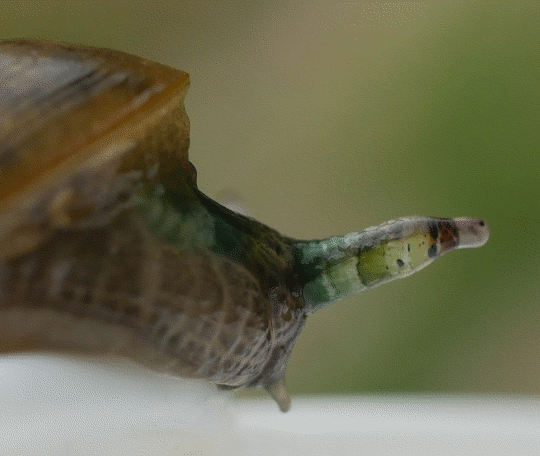

#Leucochloridium paradoxum#Leucochloridiidae#Diplostomida#Trematoda#Platyhelminthes#Succinea putris#Succineidae#Stylommatophora#Gastropoda#Mollusca#gif#parasite
47 notes
·
View notes
Text
“So Asian even my blood is A plus”
- Platyhelminthes
2 notes
·
View notes
Text
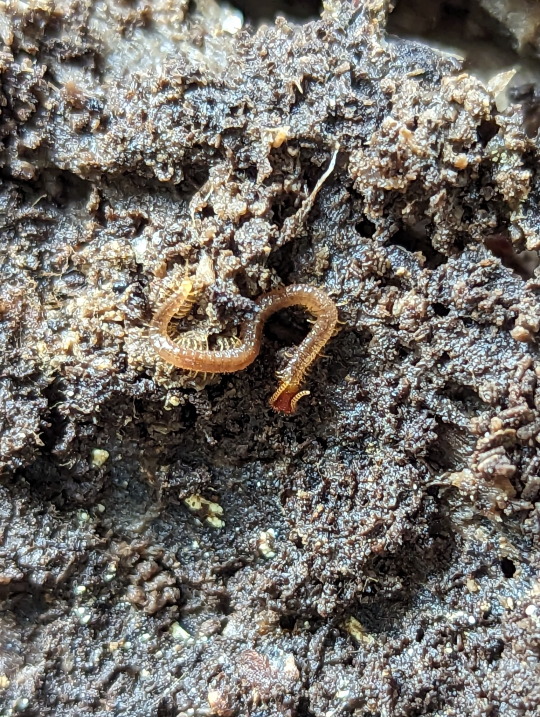

Photo 1 - Geophilomorpha sp. / Photo 2 - Pyrgodesmidae sp.

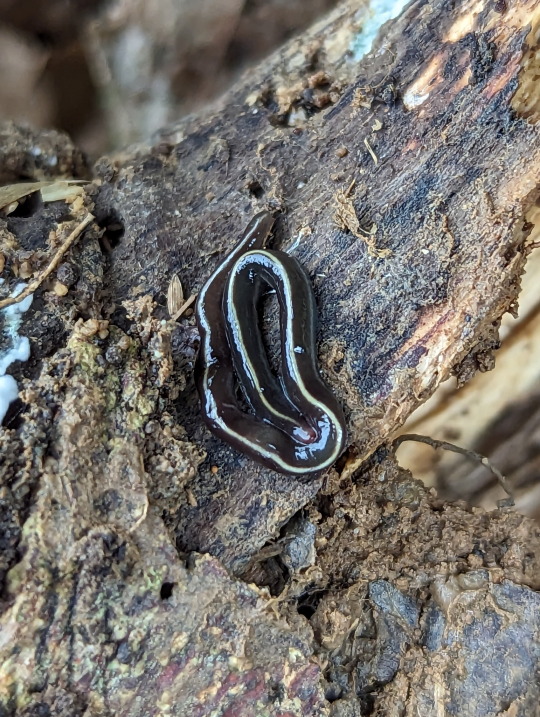
Photo 3 - Lycidae sp. / Photo 4 - Caenoplana coerulea

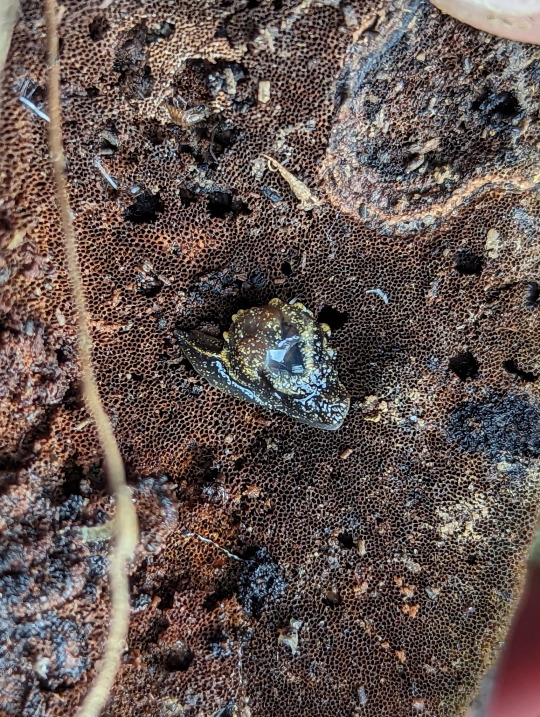
Photo 5 - Polydesmida sp. / Photo 6 - Fastosarion brazieri


Photo 7 - Polydesmida sp. / Photo 8 - Philosciidae sp.
Various creatures found beneath rotting logs and bark.
30/06/23
QLD:WET, El Arish, remnant on farmland
#invertblr#invertebrates#Arthropods#Arthropoda#bugblr#entomology#Lycidae#Net-winged Beetles#coleoptera#beetles#Caenoplana coerulea#Blue Garden Flatworm#Platyhelminthes#flatworms#planarians#land planarians#Geophilomorpha#Soil Centipedes#Chilopoda#Centipedes#Myriapoda#Myriapods#Polydesmida#Flat-backed Millipedes#Diplopoda#Millipedes#Fastosarion brazieri#Chameleon Semi-Slug#Stylommatophora#Gastropoda
49 notes
·
View notes
Text
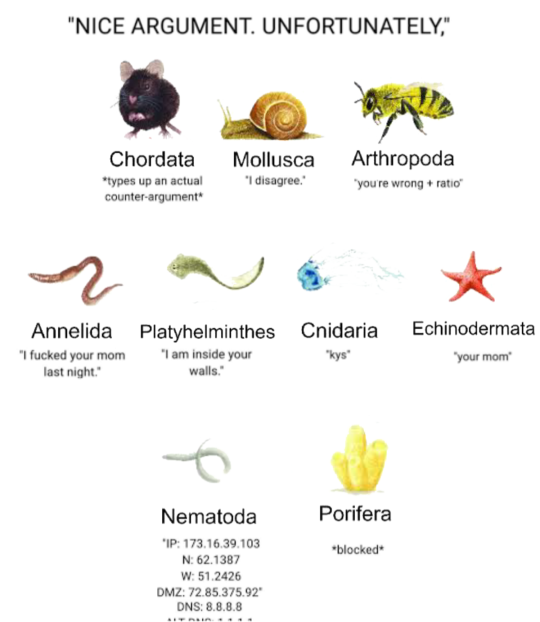
This is gonna be my most controversial post
#shitpost#zoology#biology#i know it's kinda chordatacentric#sorry#chordata#echinoderms#arthopods#nematodes#annelids#mollusks#platyhelminthes#cnidaria#porifera#animals#meme
127 notes
·
View notes